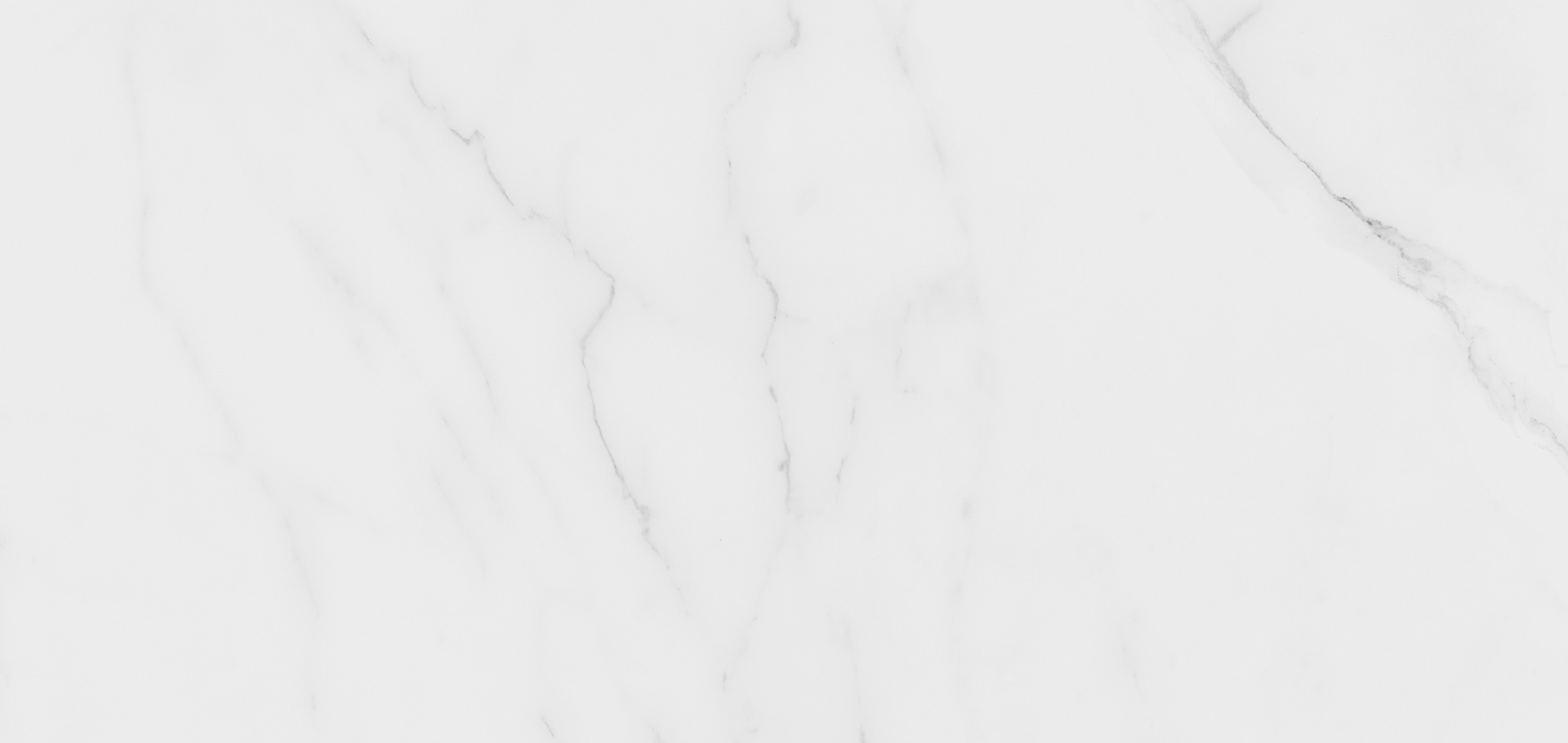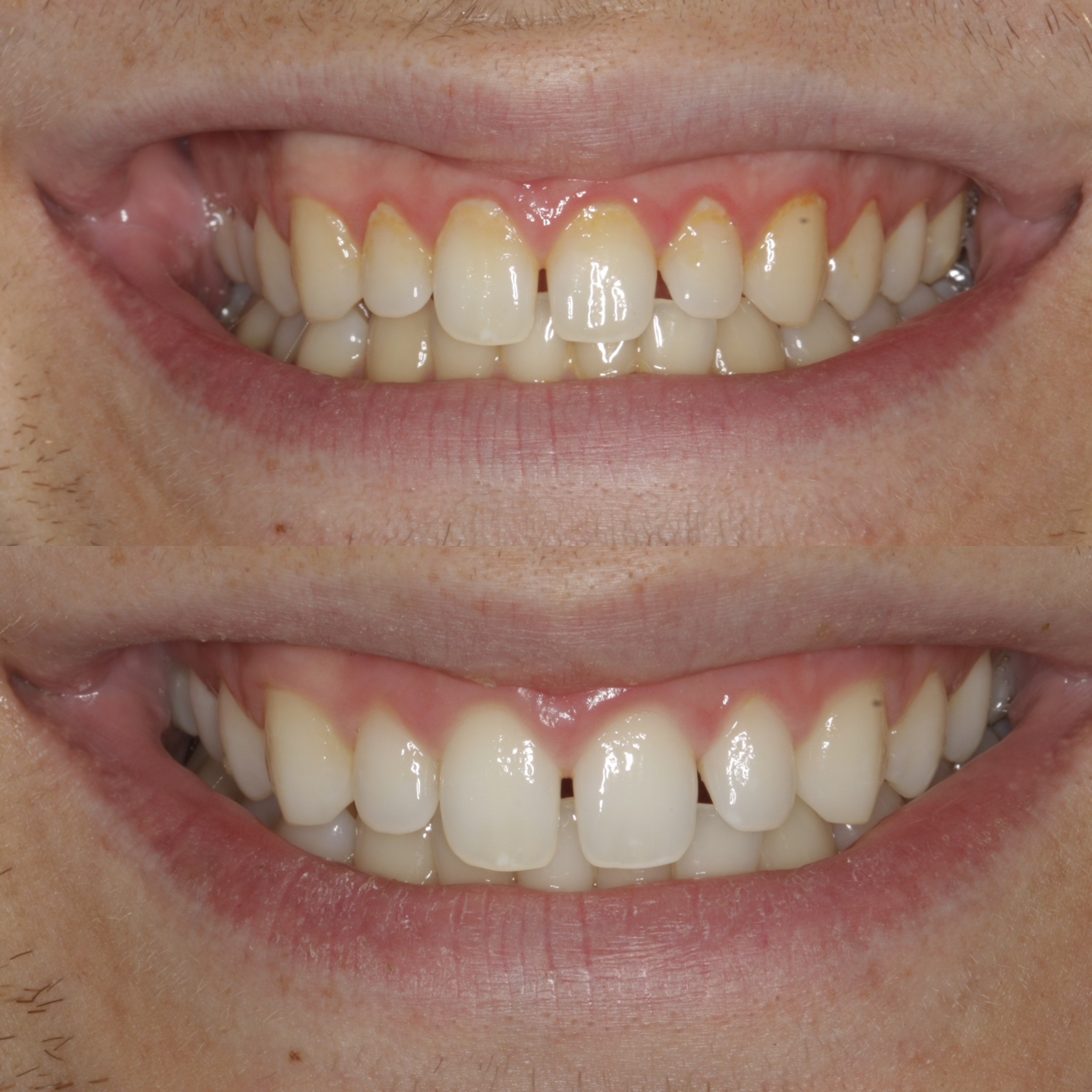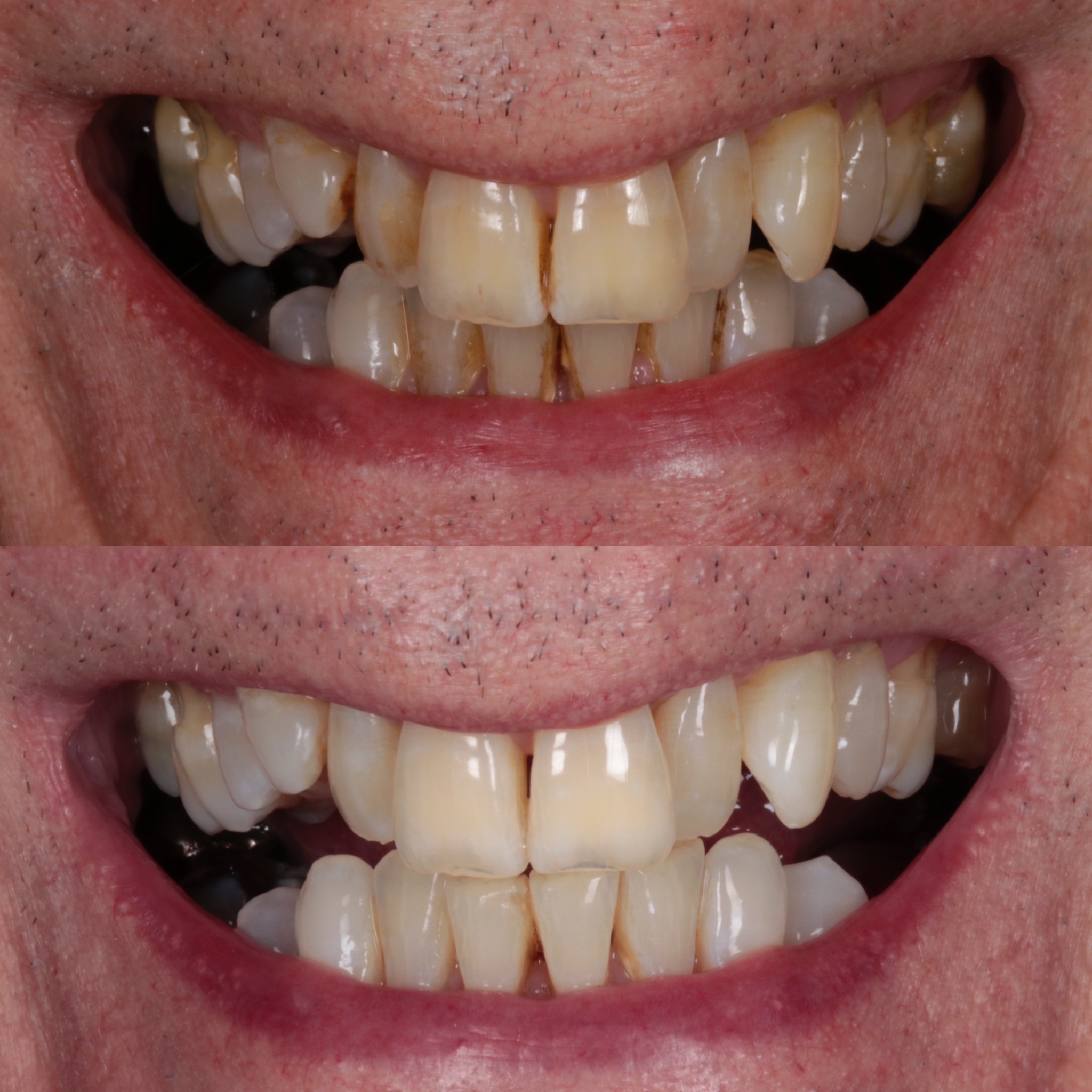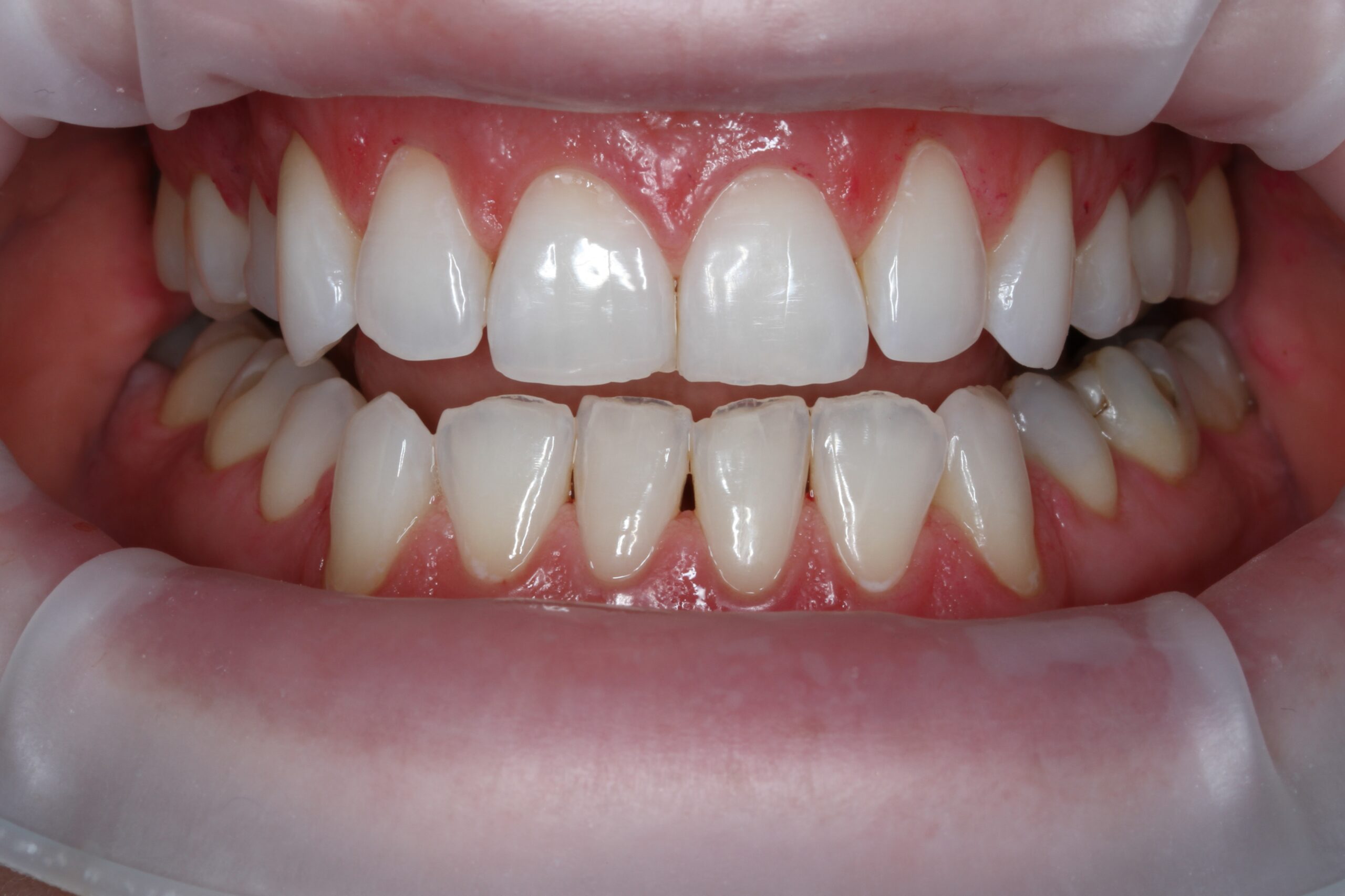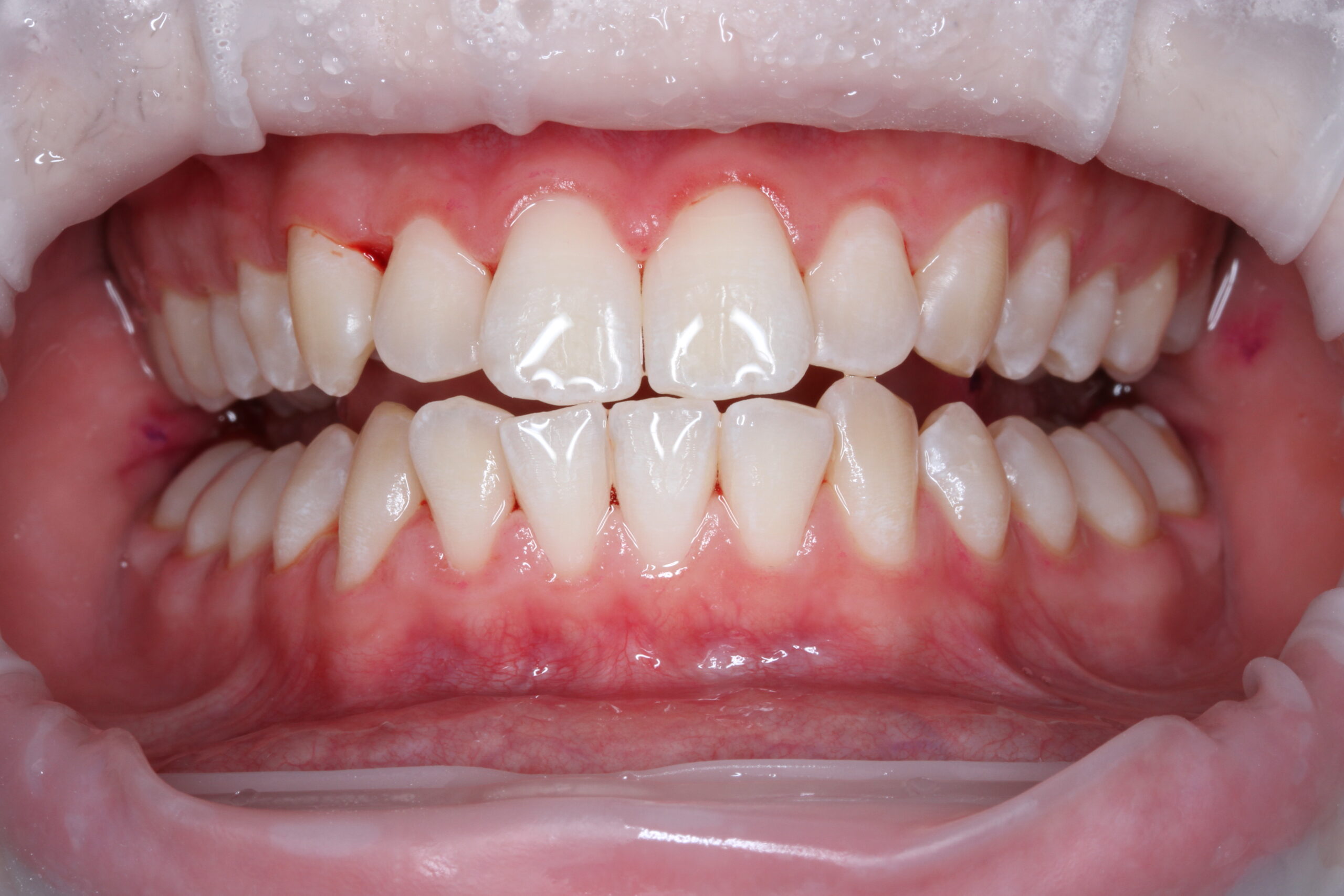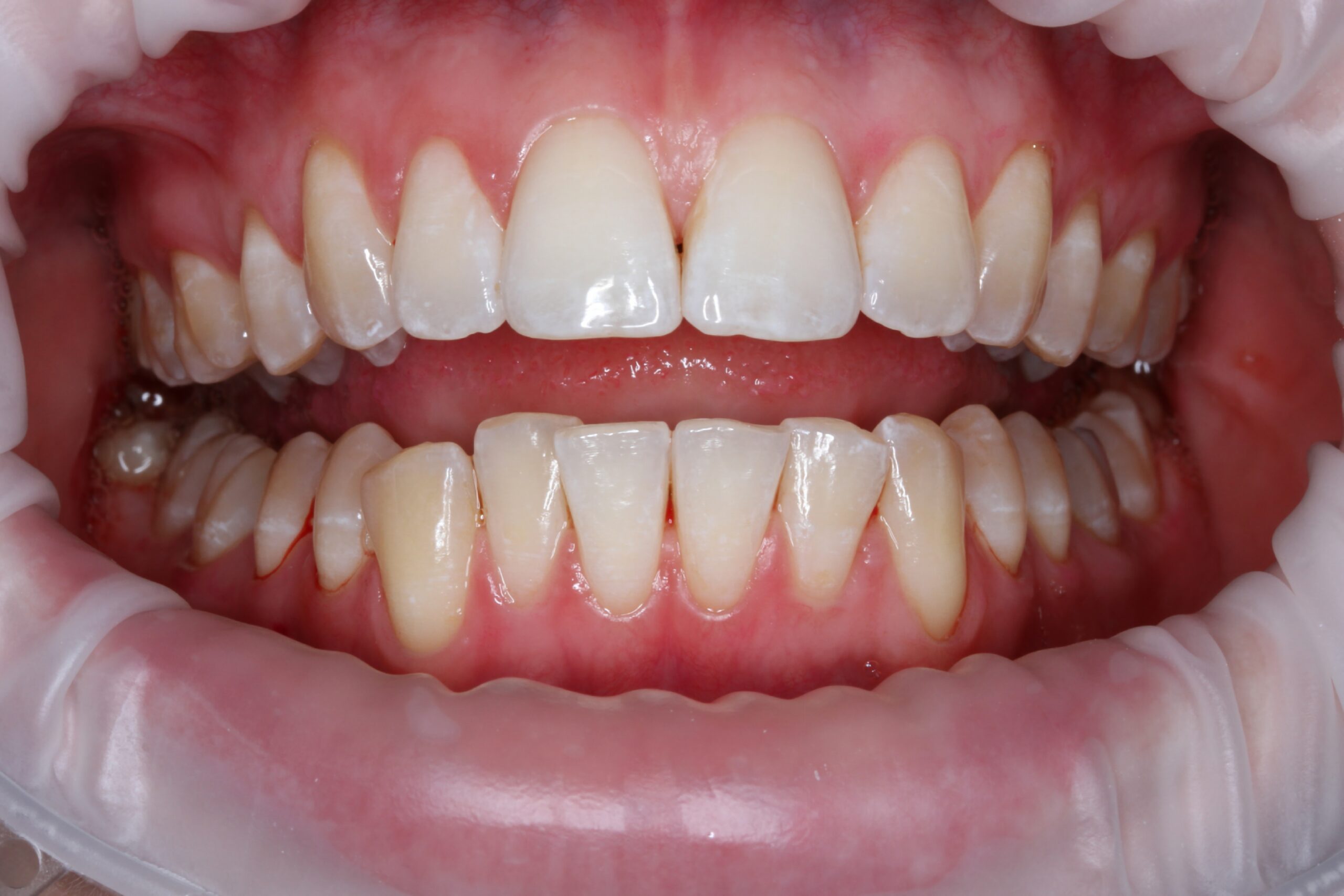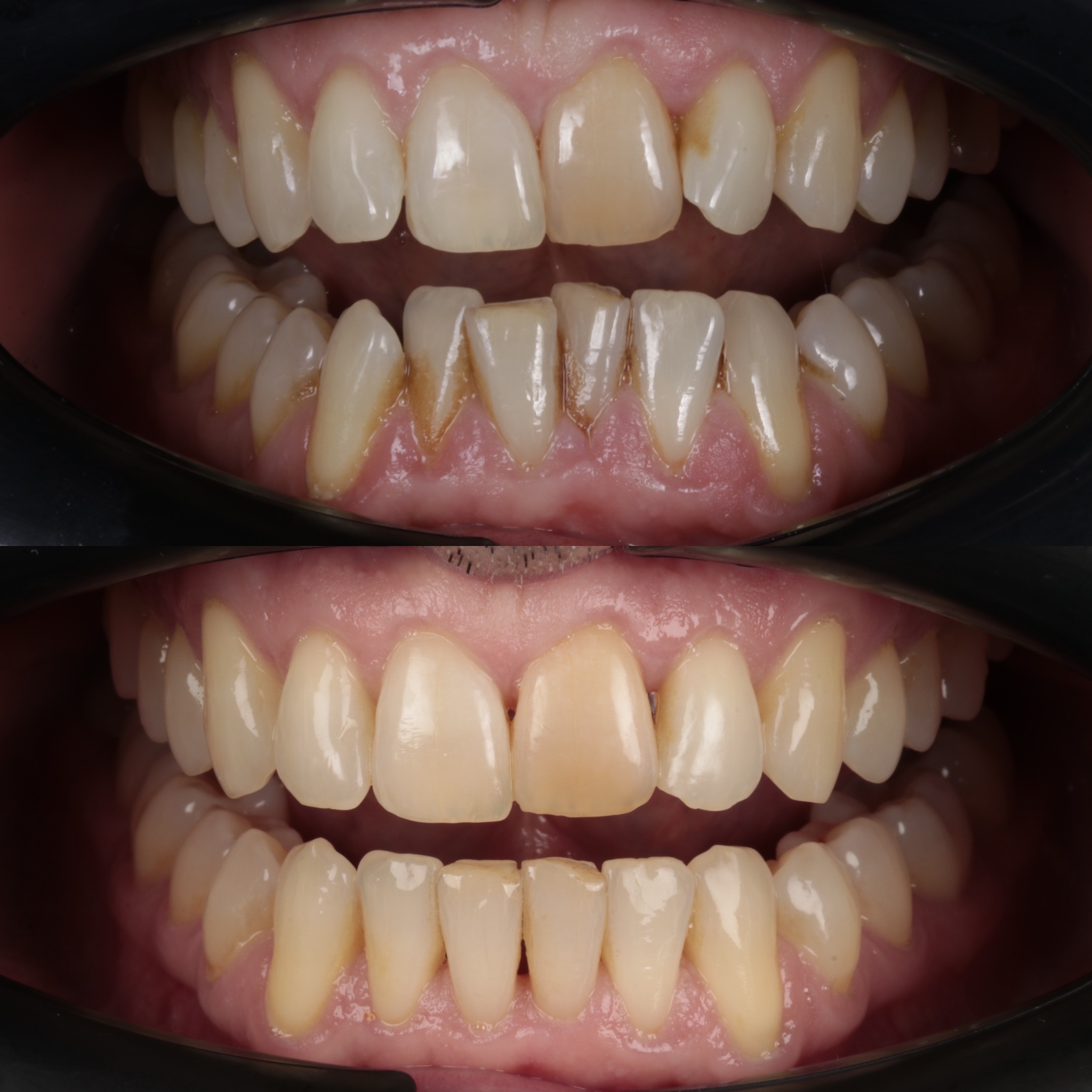
OMG, It’s GBT from EMS!
Let’s face it—no one gets excited about their dental hygiene appointment…or do they…?
On The Row, we’ve invested in ingenious Swiss technology that’s changing how our patients feel about their quarterly appointments.
Where conventional hygiene often feels rough and invasive, guided biofilm therapy from EMS is an altogether more gentle experience.
But don’t let this fool you: GBT’s gentler cleaning removes miles more of the harmful bacteria that coat our teeth and soft tissues, leaving you with fabulous, long-lasting, deep-clean feels.
Once you try GBT, you’ll never go back to ordinary hygiene!
Book A ConsultationThe GBT Difference
Conventional hygiene often involves manual scraping with tools to remove tartar and plaque. While effective, this method can sometimes be uncomfortable, especially for those with sensitive teeth or dental anxiety.
In contrast, GBT makes for a much gentler experience—whilst also providing a more effective deep clean.
Comfort
GBT uses state-of-the-art technology like AIRFLOW® MAX and PIEZON® that make the cleaning process more comfortable, reducing the scraping and discomfort associated with traditional hygiene.
Efficiency
The use of advanced equipment in GBT allows for more efficient removal of biofilm and plaque, even in hard-to-reach areas, resulting in a more thorough clean in a shorter amount of time.
Safe for All
GBT is safe for all patients, including those with sensitive teeth, dental restorations, and implants. The gentle technology ensures that there is no damage to the teeth or gums during the cleaning process.
GBT and Overall Health
Guided Biofilm Therapy (GBT) is not just a revolutionary approach to dental hygiene; it plays a crucial role in maintaining overall health. Here’s how GBT contributes to your well-being.

Oral-Systemic Health Connection
Emerging research continually reinforces the link between oral and systemic health. Conditions like gum disease are associated with an increased risk of heart disease, diabetes, and other chronic conditions. By effectively managing oral biofilm, GBT helps reduce the risk of such systemic issues.

Prevention of Gum Disease
GBT targets the biofilm that can lead to periodontal diseases, which, if left untreated, can contribute to systemic inflammation and other health complications.

Enhanced Oral Health
By thoroughly removing biofilm and plaque, GBT improves oral health and contributes to fresher breath and a brighter smile, impacting overall self-confidence and quality of life.
Meet Sophie
Our GBT Expert

Sophie Ma Hygiene Therapist
Give GBT a whirl on The Row, and you’ll probably find yourself in Sophie Ma’s capable hands.
Our hygienist, Sophie, has been helping maintain smiles since 2015 and is a huge fan of this advanced system.
She is also on hand to give motivational and lifestyle advice to help maintain the best long-term health.
Frequently Asked Questions
How often should I see the hygienist?
We recommend professional hygiene therapy every 3-6 months. After your initial appointment, our hygienist will create a bespoke maintenance plan based on your specific needs.
What is Guided Biofilm Therapy (GBT)?
Guided Biofilm Therapy is a modern approach to dental hygiene that aims to eliminate all plaque biofilm on teeth, implants, and soft tissues. This gentle and soft therapy uses AirFlow technology to remove harmful plaque and bacteria from the mouth, providing a thorough dental clean that is comfortable for the most sensitive teeth.
Does it hurt?
No, GBT technology uses warm water with an extremely fine powder. This alleviates the sensitivity experienced during more traditional hygiene techniques.
I have veneers. Can I still have GBT?
Yes! The patented Erythritol PLUS powder has the finest particle size (14 microns) used in dentistry, much finer than the paste used to polish your teeth. This means that it can be safely used on the surfaces of both composite and porcelain restorations.
I am pregnant. Can I have GBT?
Oral hygiene is extremely important during pregnancy. Gum disease has been linked to premature delivery and low-birth-weight babies. GBT is perfectly safe during pregnancy, and we would recommend seeing our hygienist every 3–4 months during your pregnancy.
How long does an appointment last?
The initial comprehensive hygiene therapy appointment lasts an hour. Your subsequent maintenance appointments will likely be shorter than this, depending on your individual needs and the risk assessed at your initial appointment.
